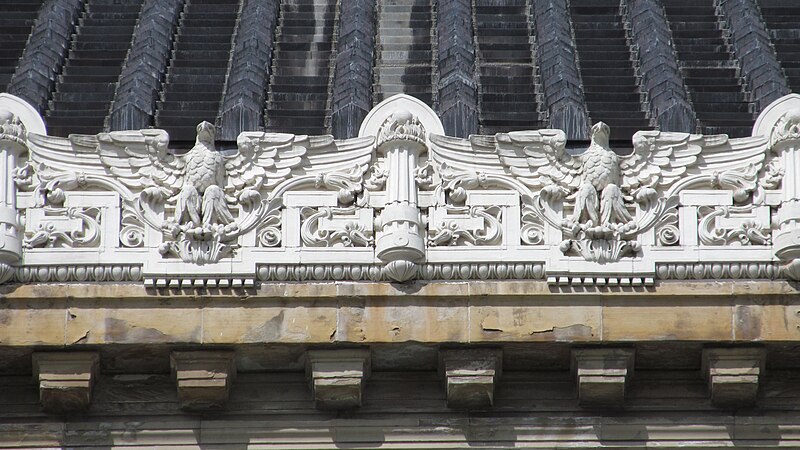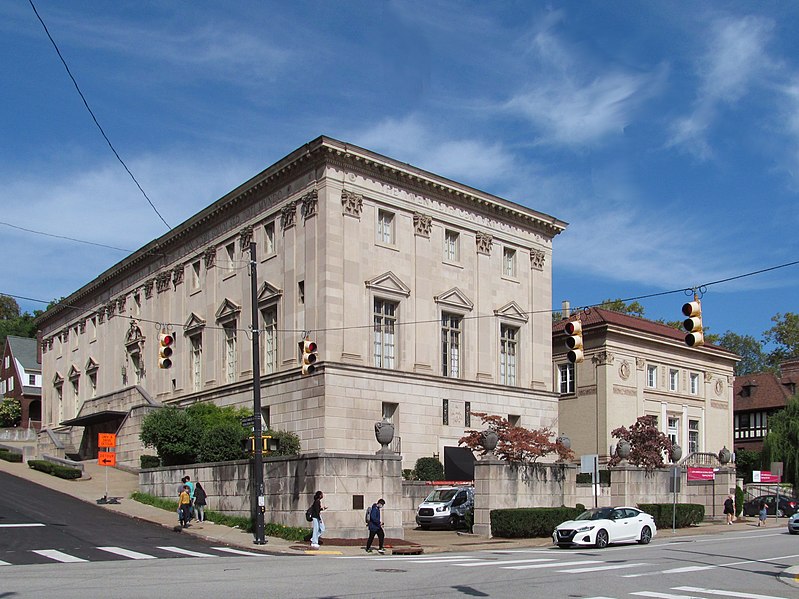
It is an invasive species in our area, but it is not hard to see how it got here. These beautiful multicolored berries decorate the vines in the fall; they would tempt any gardener with a wall to cover. These wild vines were fruiting beside a gravel parking lot at the back of the South Side.




















